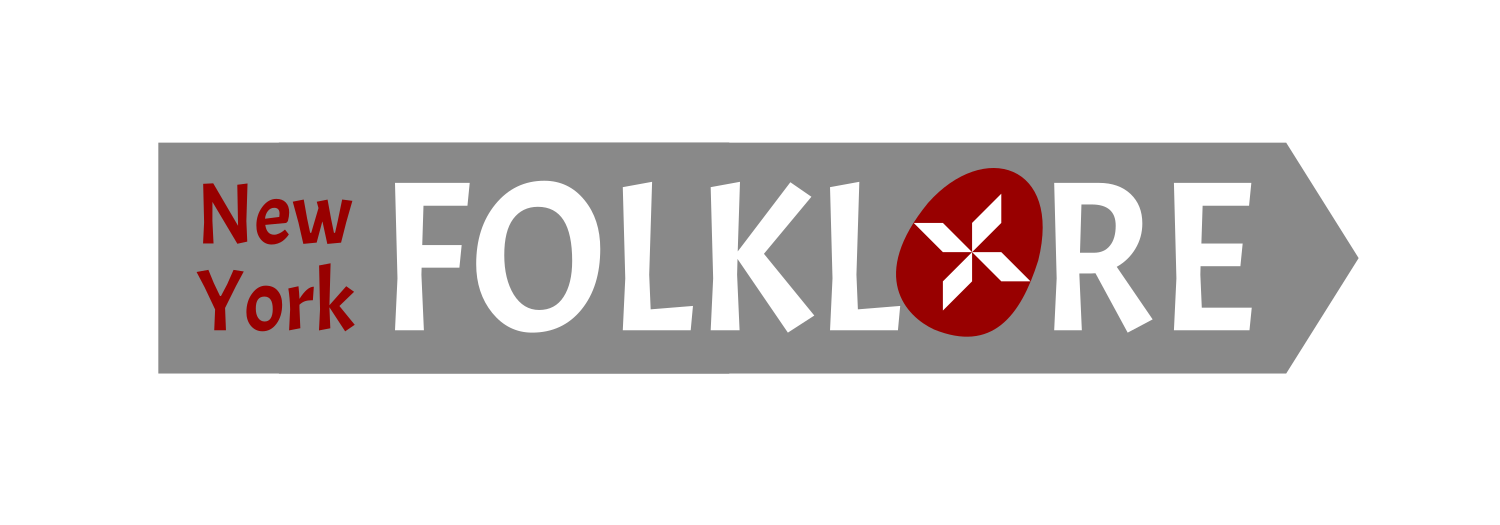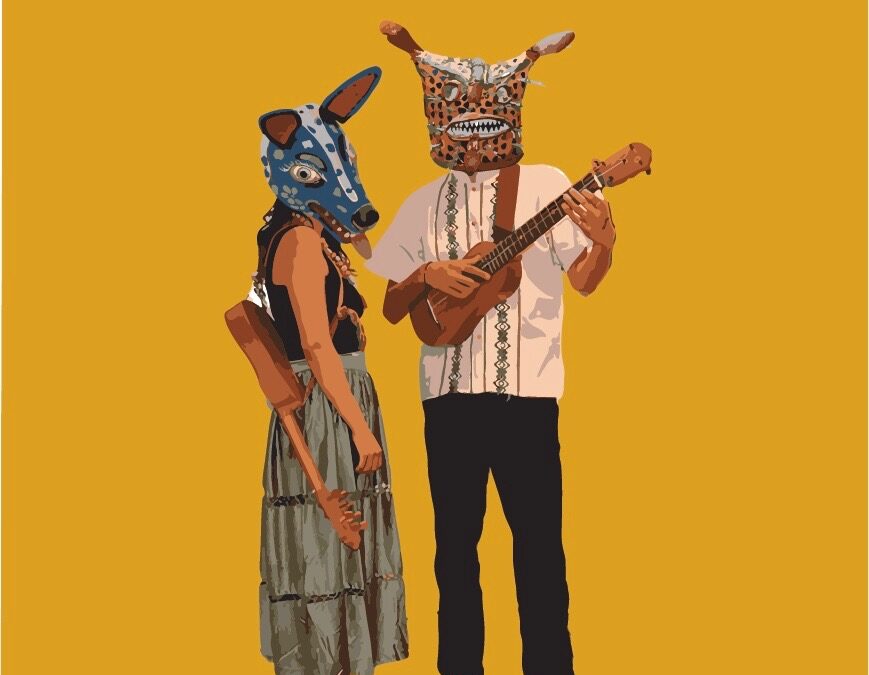Hayden Haynes is an antler carving artist working deeply in cultural arts revitalization and teaching. Born in Claremore, OK, Hayden grew up on the Seneca-Cattaraugus Territory in Western New York. It is from here where he draws inspiration related to land, history,...



